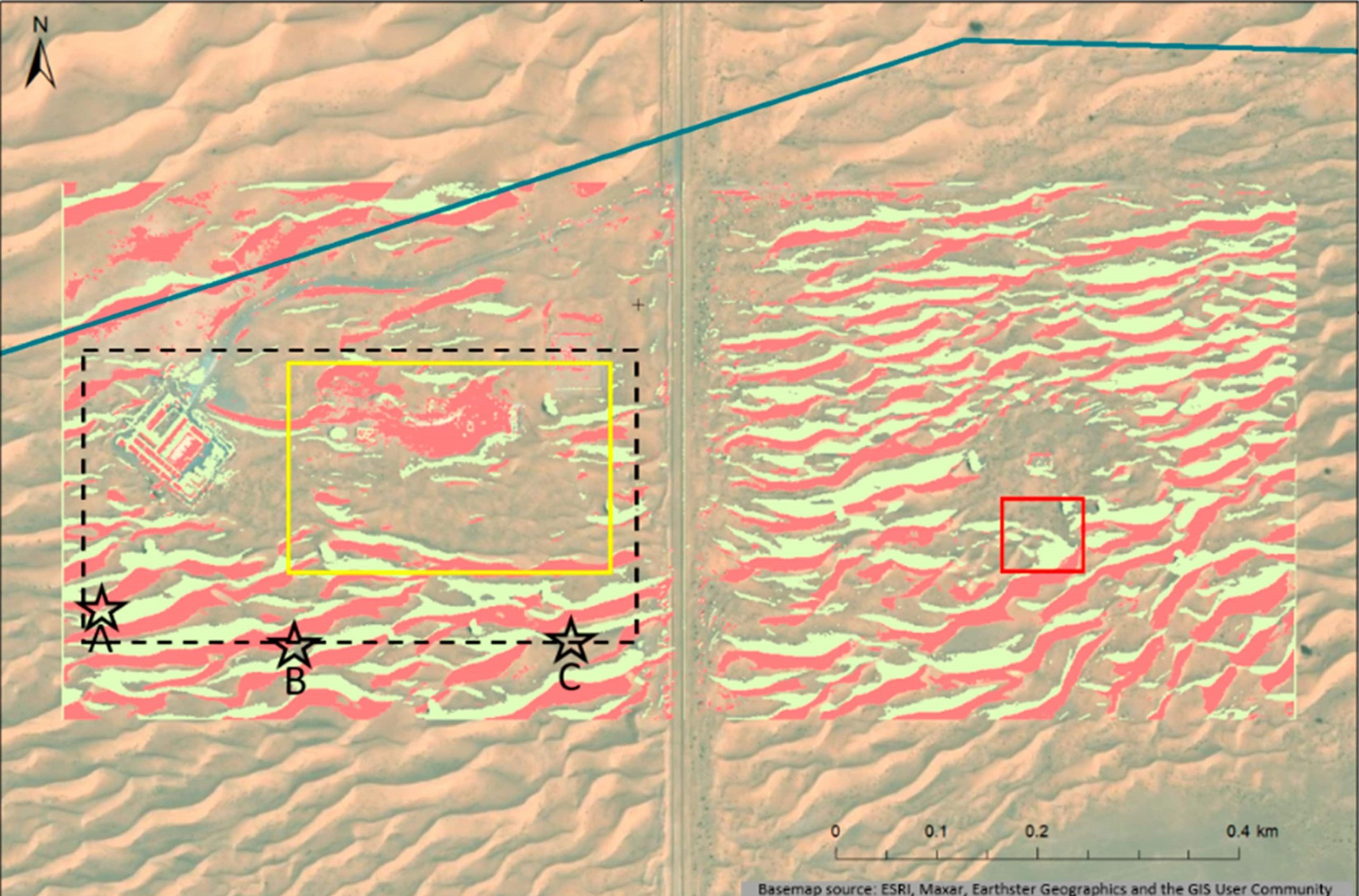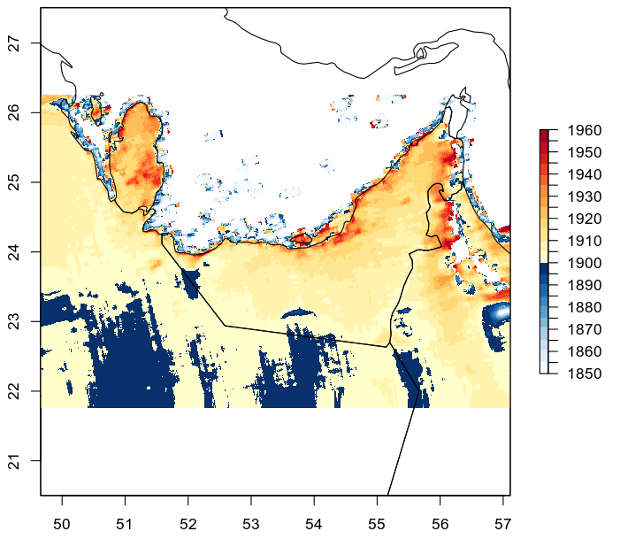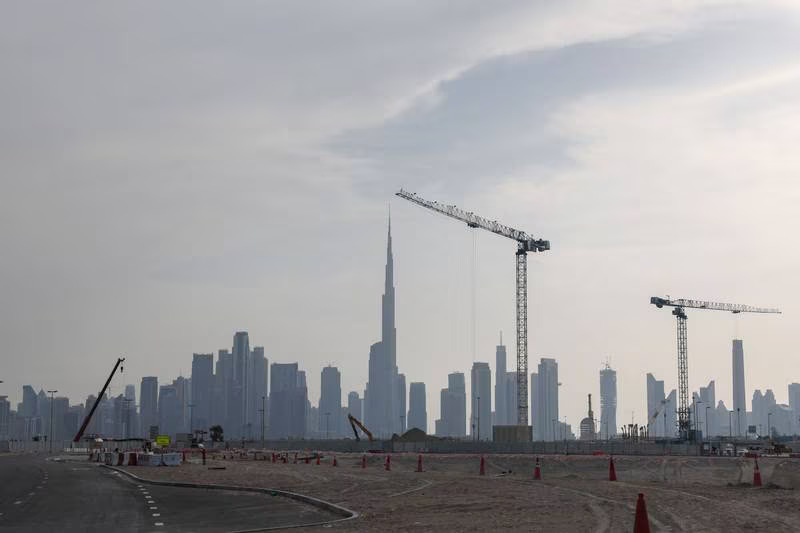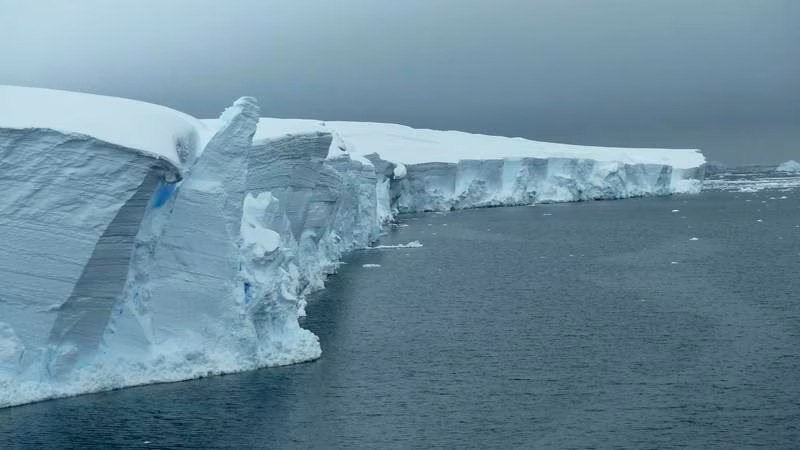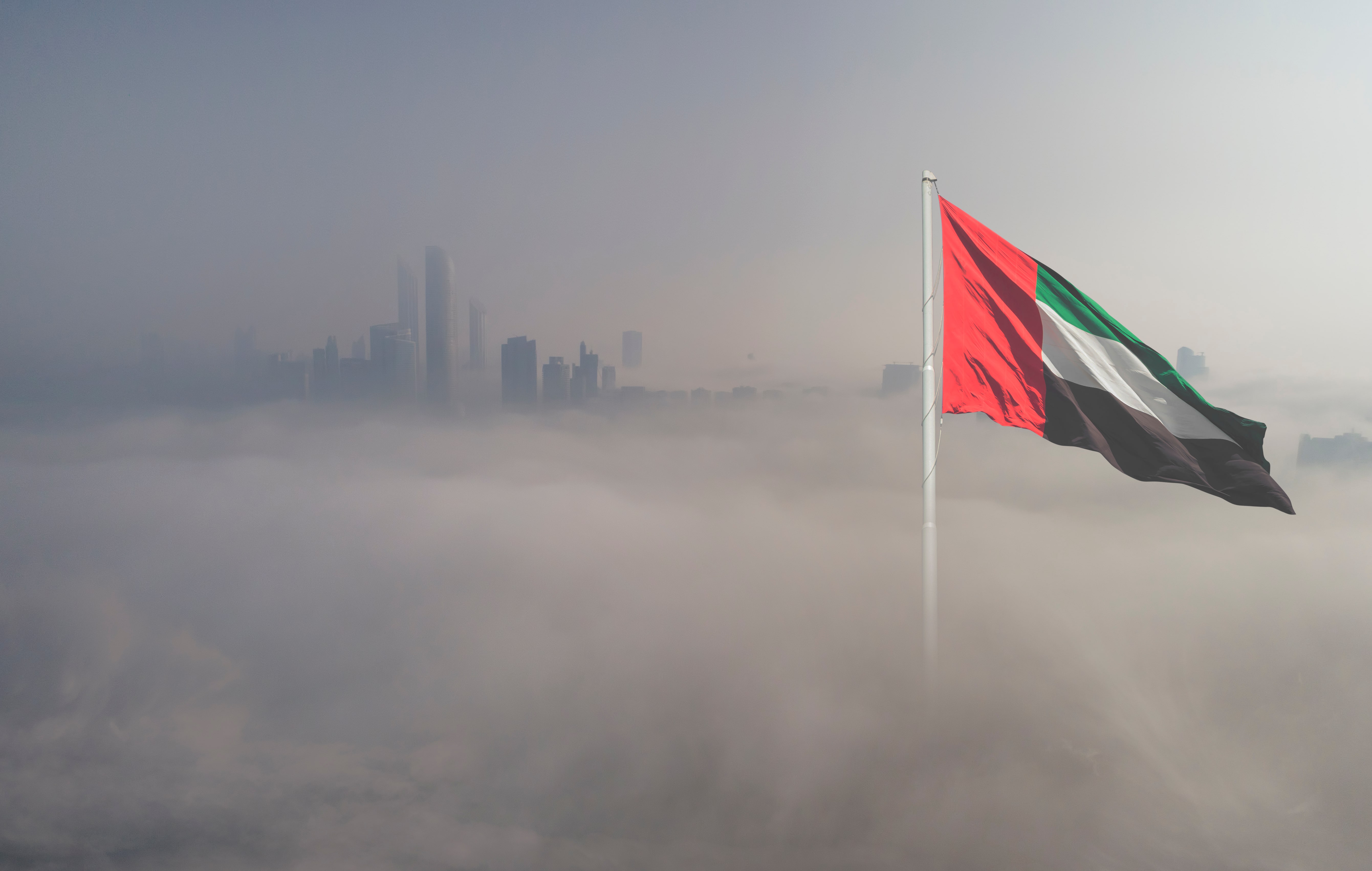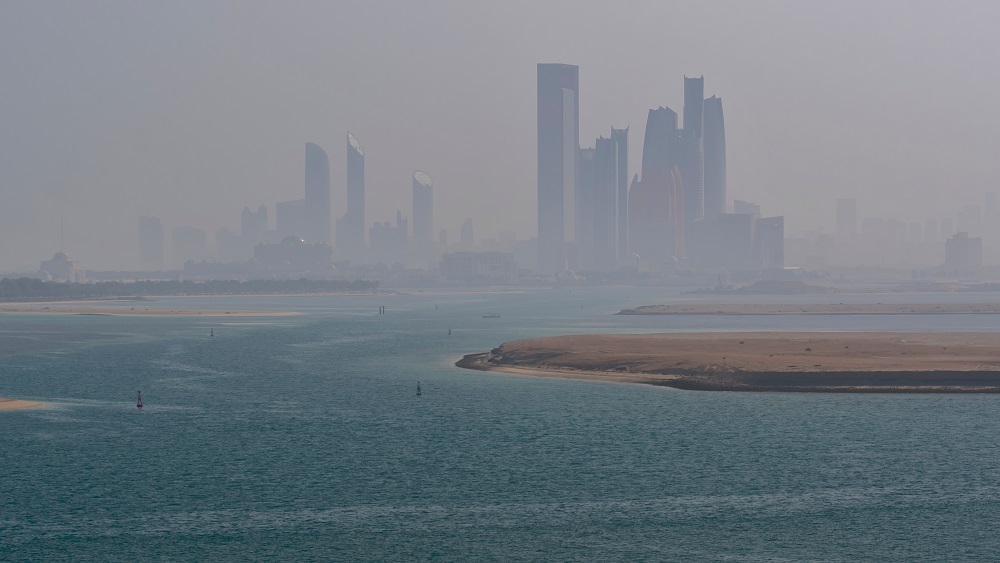
Despite being a desert country, the UAE has all the necessary ingredients for fog, seeing up to 50 foggy nights per year.
Read Arabic story here.
Why is there so much fog in a desert country? On #WorldMetDay Dr. Diana Francis, Head of the ENGEOS Lab #KhalifaUniversity, explains why the #UAE, despite being a desert country, has all the necessary ingredients for fog, seeing up to 50 foggy nights per year pic.twitter.com/KO0UDq7Fl1
— جامعة خليفة للعلوم والتكنولوجيا (@KhalifaUni) March 23, 2021
Winter in the UAE brings respite from the scorching summer temperatures for which this region is famed. It also brings foggy mornings, enveloping the country from the skyscrapers in Dubai to the dunes in Liwa.
Despite being a desert country, the UAE has all the necessary ingredients for fog, seeing up to 50 foggy nights per year. Dry desert conditions exist next to the warm seas of the Gulf, with moist air carried inland by the afternoon sea breeze cooled by the night desert surface.
“The fog that forms over the UAE is known as radiation fog and is caused by the rapid cooling of the desert surface at night during the winter,” explained Dr. Diana Francis, Head of the Environmental and Geophysical Sciences (ENGEOS) Lab at Khalifa University. “This cooling leads to cool air in the lower layers of the atmosphere, which condenses the water vapor present there. The UAE has an atmosphere rich in water vapor since it’s surrounded by water bodies, where sea breeze circulation brings large amounts of water vapor inland during the day, which is trapped and forms fog during the night.”
Fog can be considered as a low-lying cloud; it’s a visible aerosol of miniscule water droplets hovering above the ground. About 95 percent of the fog seen in the UAE is radiation fog, which is why it is so prevalent in the winter and not the summer. The other 5 percent is advection fog, meaning it forms over the surrounding seas and moves over the UAE. Regardless of the type of fog, when the sun rises and warms the country in the morning, the fog dissipates.
The desert part of the country also plays a vital role in the weather over the UAE. When the winds over the country are calm, the moist air blown in from the sea earlier in the day mixes with the dust and sand in the air from the desert. This dust acts as the catalyst for fog development.
“Dust is the main component in the aerosol load present in the atmosphere over the UAE,” explained Dr. Francis. “Aerosols act as condensation nuclei for water vapor, causing the water to condense around the dust particles in the air. This is the same principle that leads to the condensation of water vapor on the mirror when you shower—the mirror is the aerosol particle. Given how much of the atmosphere is sand from the desert and the large capacity of the desert to cool down quickly at night, it makes sense that two of the hot spots for fog formation in the UAE are the Sweihan desert and the South West of Abu Dhabi. Both are desert areas, with fog forming over these places, expanding, and then merging together, particularly over Abu Dhabi airport.”
ENGEOS lab research work shows that Abu Dhabi airport experiences more low visibility events than Dubai or Al Ain due to the fog that starts nearby. The fog is most frequent between 20 and 100 kilometers inland but can extend up to 200 kilometers inland over the desert, and tends to occur the most in December and January, even though the fog season lasts between September and March.
“At ENGEOS we perform now-casting of fog formation, spatial cover and duration using satellite observations and artificial intelligence techniques,” said Dr. Francis. “We also forecast fog formation, time of occurrence, intensity and duration one day in advance using modelling. We found that fog can occur any time between 7pm and 11am local time, but the highest number of events occur between 3am and 7am. This information is critical for operations at Abu Dhabi airport and the transport sector in general to reduce the risks related to fog and low visibility.”
Jade Sterling
Science Writer
28 March 2021


